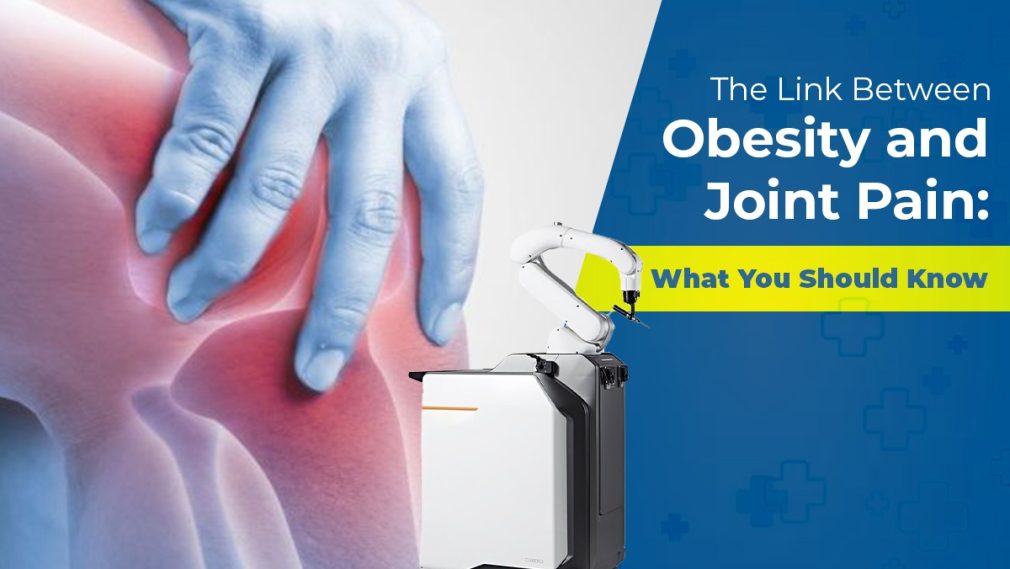7 Tips to reduce joint pain and stiffness this winter season

Winter can exacerbate joint pain and stiffness, especially for individuals with osteo-arthritis or rheumatoid arthritis. In India, studies show that about 15-20% of the population suffers from achy joints during the coldest months and knees, hips, and ankles seem sore during winter weather. Cold weather can reduce joint mobility and increase inflammation, making it vital to take proactive steps for relief during the winter season.
7 ways how to get rid of joint pain fast in the colder season!
1. Stay Warm
Staying warm is especially important for people with arthritis, as their joints are already prone to stiffness and can react more strongly to drops in temperature.
Cold temperatures often cause blood vessels to constrict, reducing blood flow to joints and making them feel stiff and painful. This is why staying warm is key in winter. So how to get rid of knee pain fast in winters? Wear layered clothing, thermal gloves, and thick socks to reduce joint pain, especially hands and feet, comfortably.
Indian Medical Association (IMA) experts suggest that staying warm helps circulation, which can reduce pain and inflammation. At home, use heating pads or warm baths to help relax muscles and increase blood flow around joints. Keeping your environment warm—avoiding cold drafts and maintaining a steady temperature indoors—also protects joint health, ensuring muscles and tissues don’t tighten up due to cold.
2. Keep Moving
Staying physically active is one of the most effective ways to reduce joint pain. According to IMA guidelines, adults should aim for at least 150 minutes of moderate exercise per week, which can help keep joints mobile and muscles strong. So how to get rid of knee pain fast in winter? Simply focus on gentle, low-impact activities like walking, cycling or low impact exercies, yoga, as these reduce strain on your joints while maintaining flexibility and strength. Regular movement boosts circulation, delivering oxygen and nutrients that joints need for repair and cushioning. Avoid long periods of sitting, as inactivity can worsen stiffness and make it more difficult to move. Short movement breaks throughout the day also help, even if it’s just stretching or walking around the house, which can prevent stiffness from settling in.
3. Eat Healthy, Balanced Anti-Inflammatory Foods
Diet plays a significant role in joint health, especially in reducing inflammation that can then cause joint pain relief. Certain foods, such as fatty fish rich in omega-3 fatty acids, nuts, seeds, and leafy greens, can help control inflammation.
IMA guidelines support diets that emphasize anti-inflammatory foods for their protective effects to reduce joint pain. Omega-3s are especially beneficial for joint health, as they reduce cytokine levels, proteins that cause inflammation. Avoid processed foods and sugar, as they may exacerbate inflammation and worsen joint pain.
Consider adding turmeric and ginger to your meals, both of which have anti-inflammatory properties. A diet rich in anti-inflammatory foods can serve as a natural, supportive measure for anyone dealing with winter joint discomfort.
4. Hydrate Well with Plenty of Water
Proper hydration is essential to joint health, especially in winter when the air is often drier, increasing the body’s water needs. Water helps maintain the elasticity and lubrication of cartilage, the tissue that cushions your joints. IMA experts emphasise hydration’s role in keeping joints flexible and giving joint pain relief.
So how to get rid of knee pain fast? Aim for 8-10 glasses of water daily, as dehydration can make joints feel more sensitive to movement. If drinking cold water feels uncomfortable, opt for herbal teas or warm water with lemon to stay hydrated while soothing joints. Proper hydration also helps flush out inflammatory byproducts, which can reduce joint pain over time. Joint function relies on hydration, so maintaining it during colder months is critical to ease movement and prevent painful friction.
5. Avoid Winter Weight Gain
Winter can be a challenging season for weight management due to shorter days, colder temperatures, and holiday festivities that tempt us with calorie-rich foods. During winter, weight gain can add extra strain on joints, especially knees, hips, and ankles, which can increase joint pain and stiffness. Studies show that for every pound of weight gained, there’s a fourfold increase in pressure on knee joints.
Extra weight also raises inflammation in the body, which worsens conditions like arthritis. To protect and have joint pain relief during winter, focus on balanced nutrition and regular movement. Choose foods rich in omega-3s, like salmon and walnuts, which can help reduce inflammation. Low-impact exercises like yoga, or indoor cycling are gentler on joints and still effective for weight control and fitness. If it’s cold outside, try at-home exercises or even gentle stretching.
6. Soothe Your Senses
The cold, dry winter months can affect our mood, energy, and overall well-being, but soothing your senses can help you feel more balanced and relaxed. Simple practices like aroma-therapy, warm baths, and gentle music can create a calming atmosphere and help in joint pain relief. Studies show that scents like lavender and chamomile reduce stress hormones, promoting relaxation and better sleep. Consider setting up a cozy space with warm lighting, soft blankets, and calming scents to help you unwind after a busy day. By engaging your senses in comforting rituals, you also create small moments of peace that improve the overall well-being.
7. Take Vitamin D Supplements
Winter months often mean reduced sunlight exposure, leading to a drop in vitamin D levels, which can affect joint and bone health. Vitamin D aids in calcium absorption, which is crucial for strong bones and joints.
So, how to get rid of knee pain fast? IMA doctors recommend supplementing vitamin D, especially in areas with limited winter sunlight, to maintain bone health. Low vitamin D levels are associated with increased joint pain. So it’s essential to consider a supplement or eat fortified foods like dairy and fish. Vitamin D also supports muscle function, which helps stabilize and to reduce joint pain.
However, always consult with a healthcare provider before starting any supplements to determine the right dosage based on individual needs and existing conditions.
If joint pain and stiffness persists in winters, despite following recommended strategies, it’s crucial to consult a medical expert in a renowned knee replacement hospital. In India, studies indicate that nearly 70% of people with chronic joint pain delay seeking medical help, often due to a lack of awareness or fear of treatment costs.
But remember, that an early intervention is vital to prevent further damage and improve quality of life. Ignoring joint pain can lead to long-term disability, so seeking professional medical guidance is essential for effective management and tailored treatment. If you’re concerned your winter joint pain is more than cold weather, we’re here to help.






